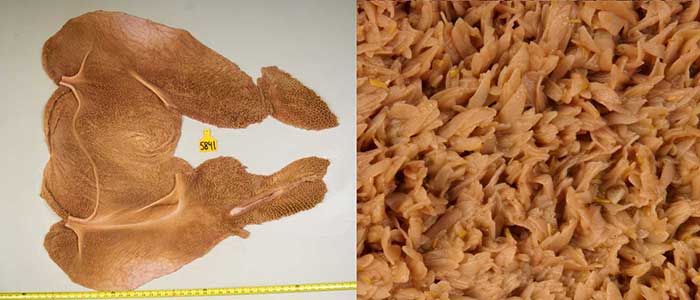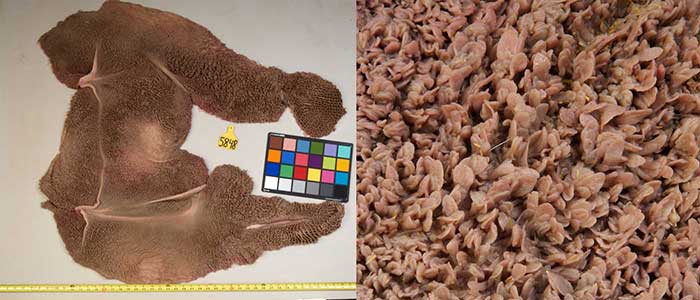It’s no secret that getting calves off to a great start takes consistency and the ability to offer calves the nutrients they need, when they need them most. Today’s leading colostrum replacers, milk replacers and calf starters are all equipped with the most cutting edge technologies that aim to deliver the nutrients needed for optimal weight gains and structural development. Despite all the efforts to keep calves growing and developing through the first 12 weeks, it is not uncommon for calf nutrition to slough off once calves are weaned.
Losing focus on calf nutrition post-weaning can not only slow growth rates, but can also hinder rumen development and subsequent lifetime profitability. That’s according to Dr. Dari Brown, director, livestock young animal marketing and business with Purina Animal Nutrition.
The role of the rumen in the young calf
Calves are born with a small, underdeveloped rumen compared to other stomach compartments. Rumen development is established in the first six months of life, says Dr. Brown and can be influenced by diet and nutrition, so it becomes increasingly important for calf raisers to turn their attention to rumen health and development as calves transition to a diet higher in fiber.
Rumen development – A reflection of the calf diet
While on farm, Dr. Brown often notices that some calf raisers rely on forages alone to keep calves’ rumens developing post-weaning. Forages do not provide balanced nutrition or the correct volatile fatty acid (VFA) profile, especially butyrate to promote rumen papillae development. Butyrate is believed to stimulate papillae growth in the rumen as the primary substrate for energy to the rumen wall.
A key element to a calf’s rumen development is the ingestion of grain. Grain is necessary for sufficient VFA production, which results from microbial digestion and therefore papillae growth. A recent study conducted at the Purina Animal Nutrition Center found that when calves were fed a full potential milk program for seven weeks along with free-choice grain over a 12-week period, they had well developed rumen papillae similar to a conventional milk program, which allows for more absorption of nutrients into the blood stream.[1] <#_ftn1> Also, calves on the full potential program in the study were heavier and taller than conventionally fed calves.
Feed a diet, formulated for the developing calf
To make sure that calves’ rumens are developing to their fullest potential, Dr. Brown recommends that calf raisers transition calves to a calf grower feed, formulated to support rumen development around 12 weeks of age. When fed at the recommended level along with free-choice water and hay, Dr. Brown notes that a grower feed can provide the sufficient VFA production to develop longer and more developed rumen papillae, necessary for increased nutrient absorption.
Image 1 and 2 represent examples of rumens from calves fed either low or high grain diets.

The length and structure of the papillae are less developed.

The length and structure of the papillae are superior, assisting with more efficient nutrient absorption.
For more information, contact Dari Brown, Ph.D. at (314) 629-8426, email DCBrown@landolakes.com or visit www.amplicalf.com .
Purina Animal Nutrition LLC (www.purinamills.com) is a national organization serving producers, animal owners and their families through more than 4,700 local cooperatives, independent dealers and other large retailers across the United States. Driven by an uncompromising commitment to animal excellence, Purina Animal Nutrition is an industry innovator, offering America’s leading brands of complete feeds, supplements, premixes, ingredients and specialty technologies for the livestock and lifestyle animal markets. Headquartered in Shoreview, Minn., Purina Animal Nutrition LLC is a wholly owned subsidiary of Land O’Lakes, Inc.













